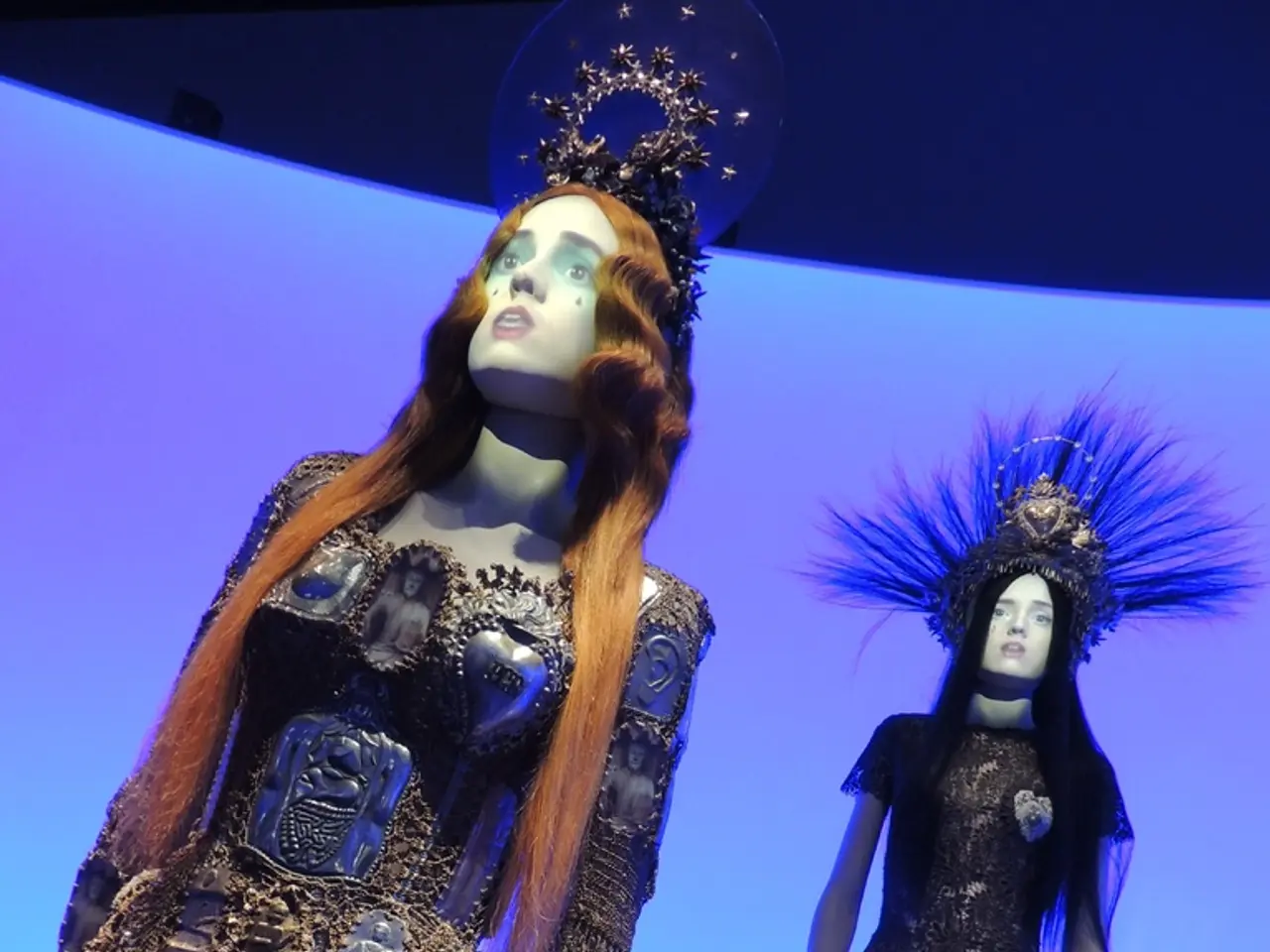Luxury fashion adapts in the face of economic challenges and shifting preferences
In the past year, there has been a significant change in the luxury market as aspirational consumers, who make up about 35% of the market, have cut or stopped their luxury spending. This shift is largely responsible for the downturn in the personal luxury goods market.
According to recent reports, these high-net-worth individuals, who collectively hold more than 100 trillion euros in investible assets, are driving luxury spending. However, they comprise less than 1% of the luxury market.
The spending behaviour of these high-net-worth consumers is evolving. Instead of buying disposable items, they are favouring pieces that feel like an investment. This shift is part of a broader trend where consumers are moving away from fast fashion and big brands towards building meaningful connections with boutique brands and designers.
The shift in consumer behaviour has led to a decrease in aspirational consumers, who have fallen from 13 percentage points since 2013. Today's top luxury customers prioritize connection, intimacy, excellence, and recognition.
In the apparel sector, luxury consumers seek quality, craftsmanship, brand values that align with their own, uniqueness, and independence. This shift is also reflected in the luxury fashion market, which is increasingly focusing on high-net-worth individuals.
The wealth of high-net-worth consumers is growing by 8% annually, and by 2030, there will be over 1.4 million such individuals worldwide. Brands that have remained loyal to top-tier luxury consumers are thriving.
Interestingly, the three most significant brands gaining importance in the luxury market are Gucci, Louis Vuitton, and Balenciaga. Their strong digital presence, innovative marketing strategies, and appeal to younger, affluent consumers have contributed to their rise.
The spending habits of these high-net-worth consumers are also changing. While aspirational consumers spend less than 5,000 euros annually on personal and experiential luxury, high-net-worth consumers spend at least 50,000 euros annually.
However, luxury fashion consumers are less interested in technology, collaborations, and limited-edition products. Instead, they are more interested in products that reflect their identity, style, and values. This shift in consumer behaviour is projected to lead to a shrinkage of between 2% and 5% in the personal luxury goods market by 2025.
Despite the challenges, the luxury market is adapting to these changes. Brands that can connect with their consumers on a deeper level, offer quality products that align with their values, and provide a unique and independent shopping experience are likely to thrive in the future.
Read also:
- Understanding Hemorrhagic Gastroenteritis: Key Facts
- Stopping Osteoporosis Treatment: Timeline Considerations
- Trump's Policies: Tariffs, AI, Surveillance, and Possible Martial Law
- Expanded Community Health Involvement by CK Birla Hospitals, Jaipur, Maintained Through Consistent Outreach Programs Across Rajasthan







